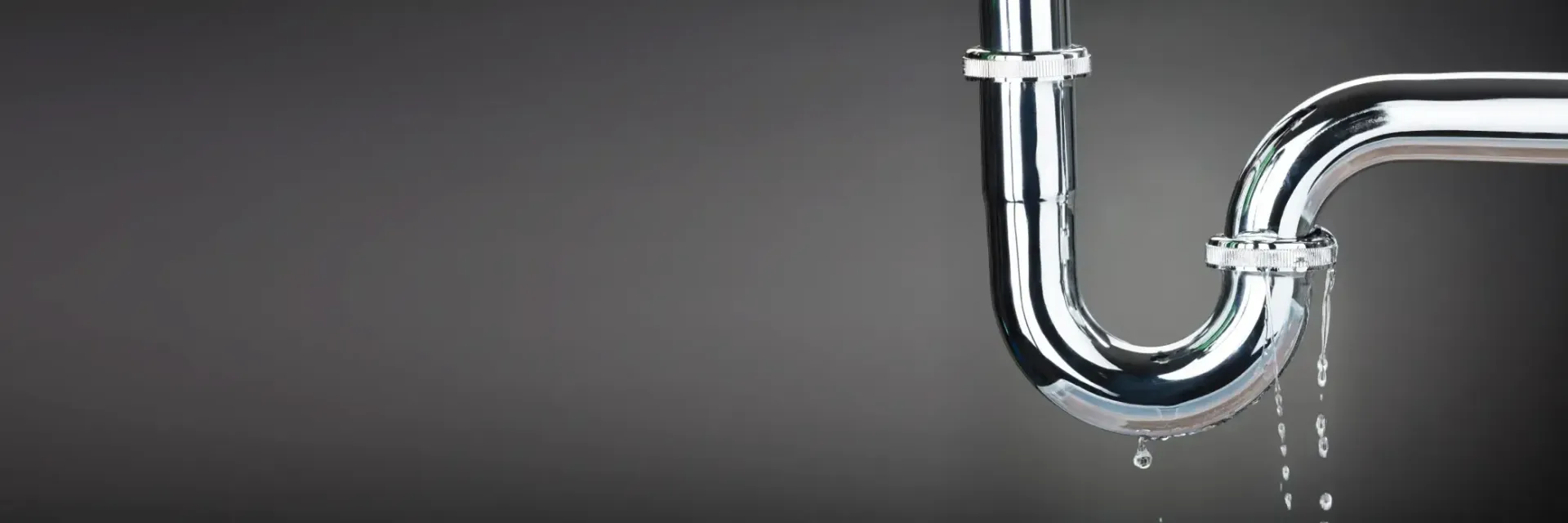Should You Use Salt Down Your Drain to Clear Plumbing Clogs?
Homeowners always seek quick, easy, and affordable solutions to household problems. One such popular remedy involves your plumbing system. If you've ever found yourself struggling with a stubborn drain clog, you may have come across the old wives' tale of pouring salt down your drain to clear it.
You might wonder, "Why pour salt down the drain?" Is this a DIY myth circulating, or is there a scientific basis behind it? It seems simple enough, yet can something as readily available as salt truly be an effective solution to your clogged drain woes?
There are important aspects to consider in the quest to debunk or confirm this hack. How does it work? What types of clogs is it effective against? Are there any potential risks to your plumbing system or the environment?
This article aims to shed light on pouring salt down your drain, exploring its effectiveness, possible downsides, and alternatives when dealing with blocked drains. From the experienced perspective of the professionals at Gainesville Mechanical, we will evaluate this widely mentioned DIY solution to ensure your plumbing system gets the most appropriate treatment.
Understanding The Salt Down The Drain Trick
The salt down the drain trick uses the abrasive nature of salt to break down clogs and build-up in the pipes. The theory is that salt and hot water can help dissolve fatty blockages and eliminate foul smells. But is it a proven and safe method for handling drainage issues?
Should You Pour Salt Down Your Drain?
The quick answer is it depends. According to our experienced plumbers at Gainesville Mechanical, salt can sometimes be beneficial in maintaining clear drains. However, relying solely on salt for significant blockages might not be the best idea.
The effect of pouring salt down your drain to clear clogs is not guaranteed. Salt does not effectively break down all types of blockages, particularly those consisting of hair or plastic materials, often found in bathroom drains.
Furthermore, salt is corrosive. Constant use of salt in your pipes could potentially lead to pipe damage over time, particularly if your plumbing system is old or has metal pipes.
In terms of environmental considerations, while salt is less harmful than chemical drain cleaners, it still harms water ecosystems when it enters the water supply in large quantities.
The Use of Salt in Drains
When used responsibly, salt in drains can be a part of your routine maintenance plan. It can freshen up your drain and potentially break down small fatty build-ups. However, it should not be your go-to solution for substantial blockages.
Professional Drain Cleaning Services
For stubborn clogs, professional drain cleaning services are the best solution. At Gainesville Mechanical, our qualified and experienced plumbers utilize state-of-the-art equipment and techniques to handle all types of blockages efficiently and safely.
We are the go-to experts when it comes to plumbing issues. If you're still unsure whether to use salt in your drains, consult us first to avoid potential damage to your pipes.
How To Choose The Right Plumber?
Choosing the right plumber for your needs can make a significant difference. It can ensure that your plumbing system stays in top-notch condition, potentially saving you from expensive repair costs down the line. Check out our detailed guide on choosing the best plumber for home repair work.
Conclusion
In wrapping up, the salt down the drain trick might seem like a simple solution, but its effectiveness is not universal and might not always be the safest option. While it can be helpful for minor obstructions, professional plumbing services from a trusted provider like Gainesville Mechanical are a better solution for persistent and significant clogs.
Using salt regularly could have potential drawbacks, such as pipe corrosion and environmental harm. Therefore, it is crucial to exercise caution and seek professional advice when dealing with stubborn blockages.
We at Gainesville Mechanical are committed to ensuring your plumbing system's optimal performance. Feel free to contact us if you have any uncertainties about using salt in your drains or other plumbing concerns. Trust the professionals for reliable and effective plumbing solutions!











Share On: